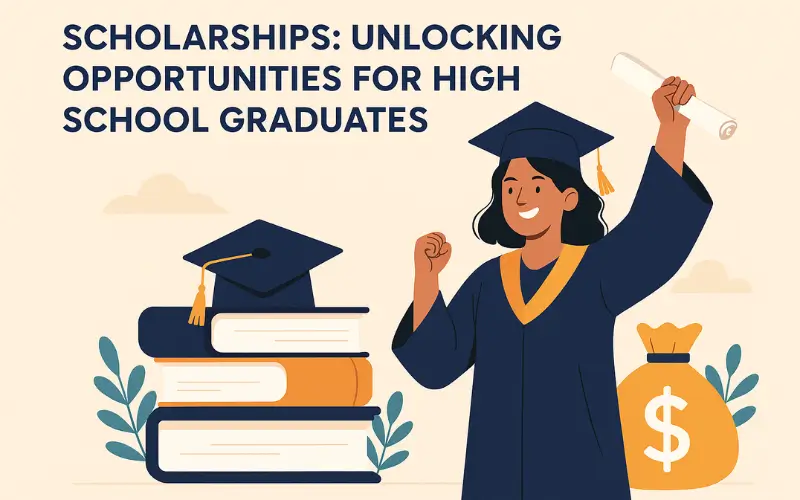A New Chapter in the World of Reading
Books have always shaped how stories are told but they are no longer confined to ink and paper. The shift to electronic formats has opened the door to storytelling that responds in real time. Interactive e-books bring sound animation touch and sometimes even voice into the mix making the reading experience feel more like stepping into a world than flipping through pages. This new form of storytelling is not about replacing books but expanding what they can do.
Zlib bridges the gap between the archives of Library Genesis and the catalogues of Project Gutenberg creating a shared space where static and interactive texts can coexist. These platforms once focused only on access now also influence how reading evolves. With interactive formats becoming more common libraries both online and offline begin to rethink their roles in curating not just content but experience.
Where Books Meet Playgrounds
Interactive e-books work like playgrounds where stories unfold with the tap of a finger or the slide of a page. Children’s titles often lead the pack with touch-based animations puzzles and even short games woven into the story. But this is no longer just a kid’s game. Adult fiction memoirs and even academic texts are finding creative ways to pull readers in through soundscapes, embedded videos and branching narratives that change depending on the reader’s choices.
This doesn’t mean stories lose their structure. Instead they gain extra layers. One path through the book might highlight a subplot another might dig deeper into a character’s past. Readers are not just consuming the text. They are exploring it. This shift from passive to active means the book can become as personal as a handwritten letter and as engaging as a stage play.
Not Just for Fun: Learning Reinvented
Education has found a strong ally in interactive formats. When students read something that reacts to their input they don’t just memorise it. They understand it. In fields like history or biology where visuals matter these books do more than illustrate. They guide learners through 3D models voice-narrated summaries and clickable maps. In language learning they allow immediate correction and repetition with context so the skill sticks.
This is especially important for learners with different needs. Some absorb information better through sound some through visuals and others by doing. Interactive e-books offer all three and often at once. That is not just clever design. That is inclusive education. And with many of these tools available on phones and tablets they are not locked behind school doors or expensive programmes.
A few standout formats have shaped this evolution in meaningful ways:
● Story Paths That Change with Each Choice
These are not the classic “choose your own adventure” tales. They are smarter more seamless. Each decision changes more than the next scene. It changes tone dialogue and sometimes even genre. A story that starts as mystery might end in tragedy or romance depending on what route the reader takes. It builds a sense of ownership and surprises even the most seasoned readers.
● Embedded Learning Tools in Academic Titles
Glossaries pop up without leaving the page. Diagrams animate when tapped. Case studies expand into full videos. The experience goes beyond reading. It becomes a layered exploration of complex topics. These features are now finding their place in schoolbooks but also in professional training and university-level publications.
● Sensory Layers in Fiction and Memoir
Background sound effects like city noise or forest birds deepen the mood. A heartbeat may thump when a character is scared. A storm might rise as the plot thickens. These small additions do not hijack the story. They underline it. In memoirs they bring memory to life in ways words alone sometimes cannot.
While some readers still prefer a quiet page the sensory dimension appeals to many who grew up with screens as second nature. For them this is not distraction. It is immersion. The key is balance. Too much and it becomes a game. Just enough and it becomes a richer book.
The Future Feels Close
Interactive e-books hint at where literature might be headed. More authors are experimenting with these forms even if they start with short stories or side projects. The tools are easier to use and publishing platforms are catching up. With time the line between book and app may blur further but the heart of the story will remain.
Libraries that adapt to this shift will likely hold a mix of both traditional and interactive formats. Not as two separate shelves but as a spectrum. The goal is still the same as it ever was—keep people reading. What changes is how many ways that goal can be met now. Whether through flipping tapping or listening the book is still a door. Only now it opens in more directions than ever before.




